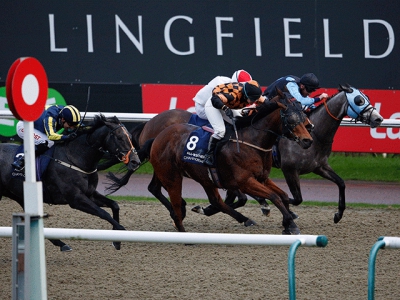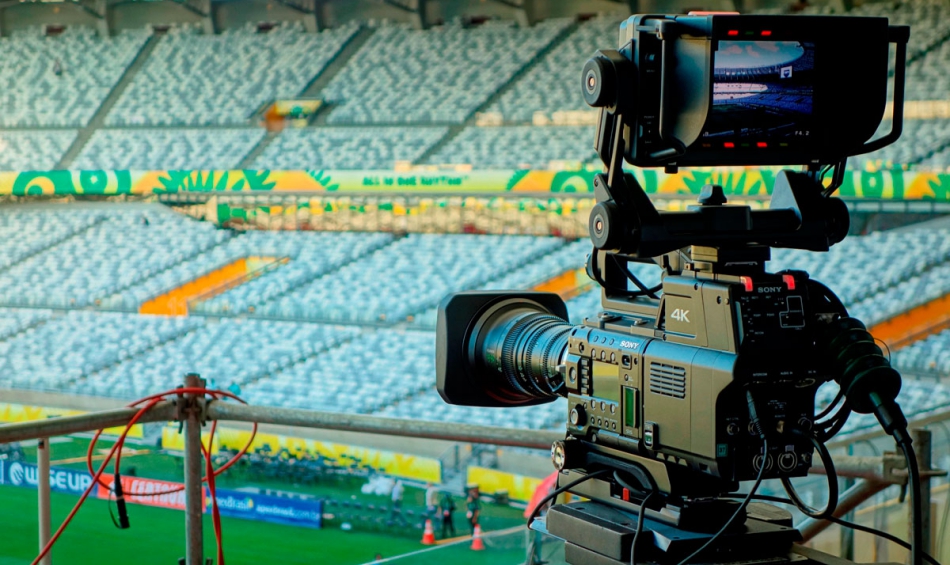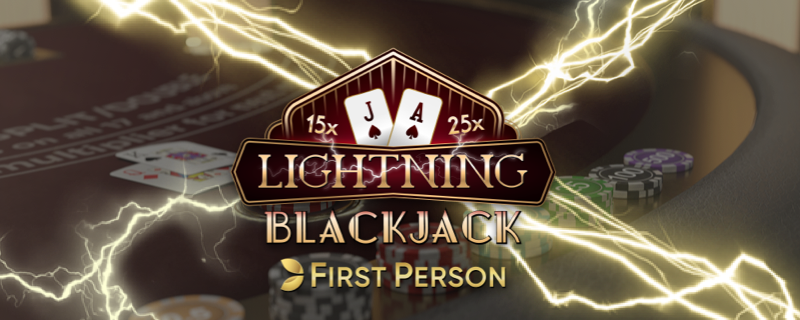IN-PLAY BETTING ON BETDAQ: In recent times, the betting market has been changed by the addition of ‘in-play’ betting. Rather than guessing a score line or a race winner at the beginning and then waiting, we can now trade or place bets at any time during the event as the odds fluctuate. For trading, this is great because it presents more chances to win money and strategies can be revised and improved as the event goes on.
FOOTBALL
With football being the most popular sport in the UK, there will be opportunities to win money but it takes research and it takes practice. Rather than investing instantly, you will want to spend some time making notes and using game statistics to help you out. Once you’ve done this, you need to come up with a plan for every game you wish to trade on. Are you going to take a little chance?
Are you playing it safe?
One of the most popular betting systems is to back the draw in a game that you expect to be rather boring, especially in the first half. In an even Premier League match, you will find a draw price of around 3.4. After half time, the price will keep dropping but you have to be wary of the late goal. Many a trader’s day has been ruined by the late goal and it isn’t a myth, stats now show that the last fifteen minutes of the match is the highest scoring segment.
 If we take you through an example, you could back a draw at 3.4 and put £50 on it. Ultimately, this means that you would make £120 with a draw and lose £50 if either side wins. Then, around ten minutes before half-time you can lay the draw at 2.8 for £30. Although the win for a draw would be smaller, your losses if either side win are also smaller. At half time, you can lay the draw this time for 2.66 for another £30. Now, you have a green book and no matter what happens, you win money.
If we take you through an example, you could back a draw at 3.4 and put £50 on it. Ultimately, this means that you would make £120 with a draw and lose £50 if either side wins. Then, around ten minutes before half-time you can lay the draw at 2.8 for £30. Although the win for a draw would be smaller, your losses if either side win are also smaller. At half time, you can lay the draw this time for 2.66 for another £30. Now, you have a green book and no matter what happens, you win money.
Of course, the prices we mentioned are completely hypothetical but they represent the average prices you could expect to see. If one team scores, you can lay the win for a small amount and this will improve your winnings once again. Of course, don’t go too much because if that team holds on, you could potentially see a loss. When you reach the 75th minute and the team is still ahead, you face the decision of riding it out or laying the favourite once more. If the losing team are on top of the game, you could do a small lay to improve your rewards of a draw yet again.
If they happen to get a late equaliser, you can lay the draw and be happy with your green book. Regardless of what happens in the dying minutes, you will see a really good return on your investment. Obviously, this describes the perfect scenario and not all games will be like this but it gives you an insight as to what can occur. Even the most experienced traders have completely different strategies, so find what works for you and allows for the evolution of the market over time. As soon as you understand how and why the prices move, your reactions to those fluctuations will be a lot quicker.
Tips
- Stick to your strategy
- Be ready to risk a short-priced favourite even if it costs you a little
- Always think ahead; don’t think about the end result, but rather what happens next
HORSE RACING
When you know about horse racing, you can be sure of a winner or you can at least be sure of the leading runner with the last straight to go. However, you don’t have to worry about what happens in that last furlong if you trade smartly. As long as you remember to back high and lay low, you’re in a great position moving forward.
 If we take an example, you could back your chosen horse at 8.4 for £10 before the race. Ignoring commission, you’re set to see a £74 return. With one furlong to go, your horse is in the lead and you can effectively ‘sell back’ some of your profit to lay more than you initially spent. For example, you could lay £20 on your horse at 3.2 which means you risk £44 to potentially win £20. After doing this, you are in the golden position because you are set to win money regardless of whether your horse wins or if another pips him to the post.
If we take an example, you could back your chosen horse at 8.4 for £10 before the race. Ignoring commission, you’re set to see a £74 return. With one furlong to go, your horse is in the lead and you can effectively ‘sell back’ some of your profit to lay more than you initially spent. For example, you could lay £20 on your horse at 3.2 which means you risk £44 to potentially win £20. After doing this, you are in the golden position because you are set to win money regardless of whether your horse wins or if another pips him to the post.
Of course, commission will be taken from this but you should worry about that until after the race. In truth, commission can confuse you in-play so don’t factor it in at all or turn the setting off. As the ‘show P&L including commission’ setting takes commission from your first bet, you won’t be able to quickly calculate how much you need to trade in order to balance the book. In-play trading is a fantastic tool and you can even lay the horse before the race and then back it during for a higher price.
Tips
- Back high, lay low
- No guarantees
- Horses don’t always perform as expected
- Hesitation leads to missed opportunities
- Other horses could dominate race
- Higher-profile races fluctuate less than weaker lineups
TENNIS
Finally, we will go through one last sport so we have covered the major three for trading – tennis. Tennis is a fantastic sport to trade because you know that an action of one player will directly affect the actions and therefore prices of the other. With every point that passes by, the prices will change and you will have to learn how to react to the fluctuations. In tennis, the men especially are expected to hold their service game which means that the prices will move significantly if they lose. Even before the break of serve, you will notice that the prices move when the score reaches 0-30, 15-30, and especially 30-40.
 As with any other sport, you have to look for the options that are ‘under-bet’ because this is where the potential winnings lay. However, it isn’t that easy because if it was, everyone in the world would be trading in tennis and it would become the biggest sport in the world. As we said with football, the key to learning tennis is to sit down with a pen and some paper and make notes. Over time, you will recognise what actions lead to what changes in the market and then, with a bit of practice, you will learn exactly how to make the most of each scenario.
As with any other sport, you have to look for the options that are ‘under-bet’ because this is where the potential winnings lay. However, it isn’t that easy because if it was, everyone in the world would be trading in tennis and it would become the biggest sport in the world. As we said with football, the key to learning tennis is to sit down with a pen and some paper and make notes. Over time, you will recognise what actions lead to what changes in the market and then, with a bit of practice, you will learn exactly how to make the most of each scenario.
So there we have it, some fantastic tips for in-play betting for the four major sports the feature can be used for. Remember, all the prices and amounts of money we used were hypothetical (apart from 2004 Australia v India) so keep this in mind. Also, keep in mind that you won’t always find sports events that follow our examples exactly. One of the key skills that you will have to learn is adapting to movements in the market; with our help and some practice, you will soon become a high quality trader!







